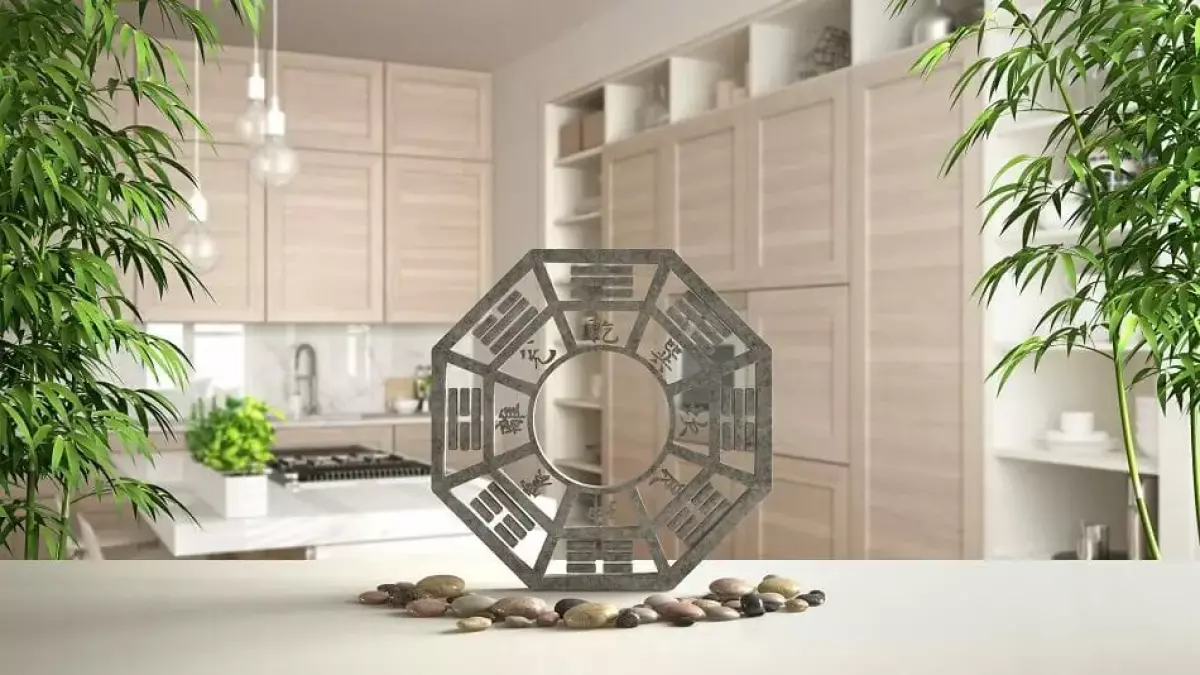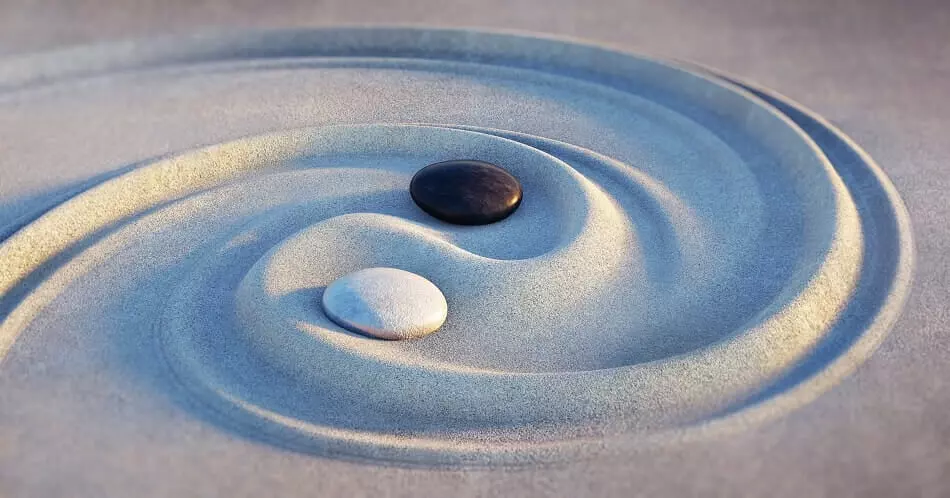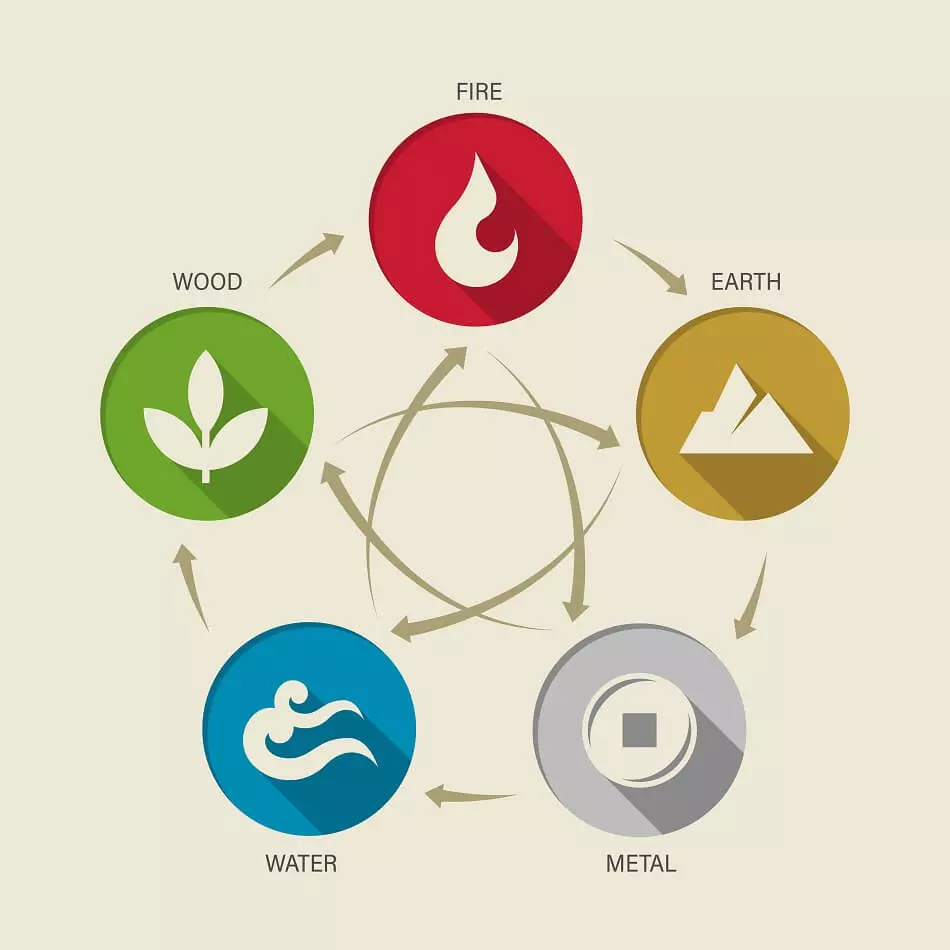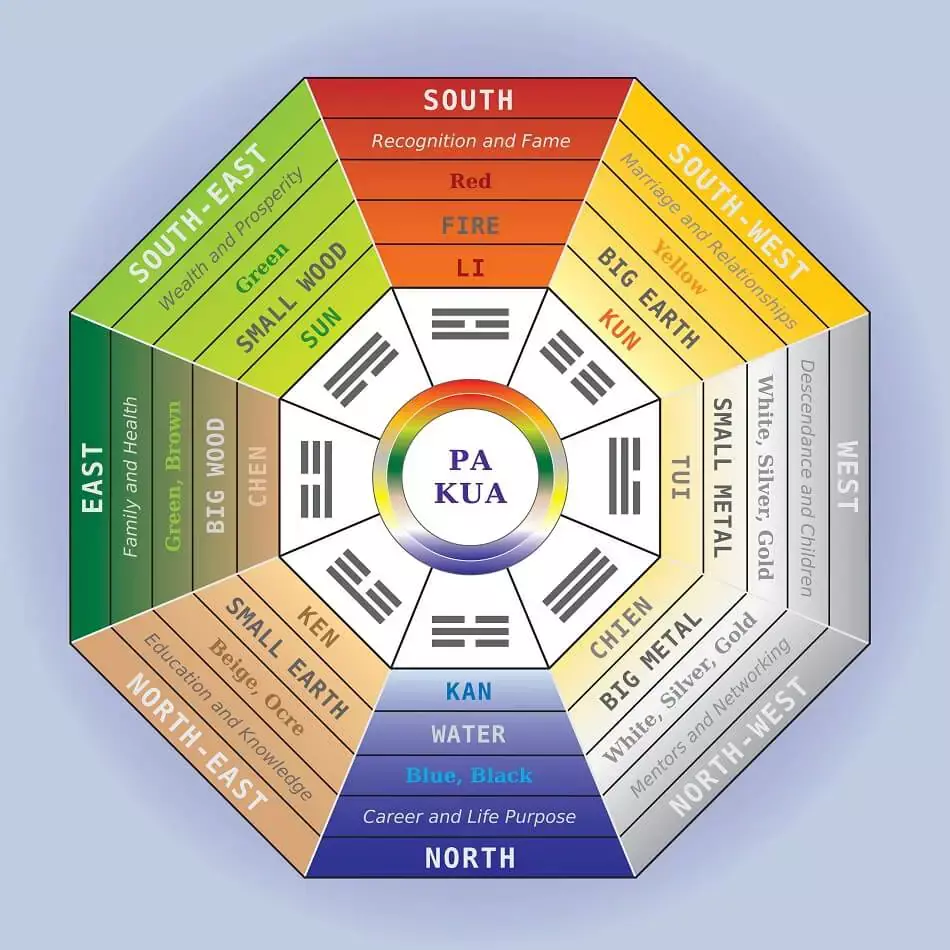You've probably heard of feng shui in relation to interior design and creating a harmonious space. But did you know that this ancient Chinese philosophy is rooted in thousands of years of history and has the ability to transform the energy in your home or office? In this comprehensive guide, we'll delve into the foundational concepts and basic principles of feng shui to help you embark on a journey of discovery and create a space that resonates with positive energy.
What Is Feng Shui?
 The term "feng shui" translates to "wind" and "water" in Chinese, symbolizing good health and fortune. This ancient philosophy aims to create balance and harmony by arranging cities, buildings, furniture, and even plants in a way that aligns with the flow of natural energy. The practice of feng shui is deeply rooted in Chinese culture and dates back thousands of years.
The term "feng shui" translates to "wind" and "water" in Chinese, symbolizing good health and fortune. This ancient philosophy aims to create balance and harmony by arranging cities, buildings, furniture, and even plants in a way that aligns with the flow of natural energy. The practice of feng shui is deeply rooted in Chinese culture and dates back thousands of years.
The Origins of Feng Shui
While the exact origins of feng shui are not well-documented, it is believed to have emerged from Taoism and its traditions. Early evidence of feng shui practices can be traced back to before 4000 B.C., with ancient Chinese cities and gravesites showcasing the early application of this philosophy. Feng shui practitioners in ancient times relied on astronomy and natural celestial elements, such as star maps and constellations, to orient themselves in the world.
Today, feng shui has evolved and spread across the globe, with architects, city planners, and individuals incorporating its concepts into modern designs. From offices to homes and landscapes, feng shui principles can be applied to enhance the energy flow and create visually appealing spaces.
The Core Foundational Concepts of Feng Shui

Qi (Chi)
At the heart of feng shui lies the concept of Qi, also known as "life force." Qi is the energy that permeates everything, both living and inanimate. It can be positive, bringing strength and good fortune, or negative, leading to weakness and bad luck. Feng shui aims to optimize the flow of positive Qi by positioning structures and objects in the most optimal way based on their location and orientation in both space and time.
Polarity
Polarity in feng shui refers to the partnership of opposing forces known as Yin and Yang. Yin represents the feminine, soft, and passive aspects, while Yang represents the masculine, hard, and active aspects. The coexistence and interdependence of Yin and Yang create balance and harmony. Feng shui seeks to balance these opposing forces, often referred to as elements, within a space.
Wuxing (The Five Elements or Forces)

The Five Elements—Wood, Fire, Earth, Metal, and Water—represent the natural flow of energy in feng shui. Each element possesses unique qualities, shapes, colors, seasons, and areas of life. Balancing these elements within a space is essential to promote positive energy, harmony, and balance. For example, Wood feeds Fire, and Fire produces Earth, creating a cyclical relationship.
The Bagua Map and Eight Trigrams

The Bagua map, meaning "eight areas" in English, is a key tool in feng shui. It divides any space into nine sections, each representing a different aspect of life. These sections, known as trigrams, are associated with an element, force, and color. By aligning and enhancing these areas, you can influence the corresponding aspect of your life. The Bagua map provides a blueprint for arranging and designing spaces, ensuring optimal energy flow.
The Commanding Position in Feng Shui

In feng shui, the commanding position holds great significance. It refers to the dominant location in a room that allows for a clear view of the door while avoiding direct alignment with it. This position instills a sense of control, security, and positive energy flow. Placing significant pieces of furniture, such as beds, desks, or stoves, in the commanding position is crucial to create a harmonious environment.
Traditional Concepts With Classical Feng Shui

Classical feng shui, the ancient form of this philosophy, encompasses two schools: the form branch and the compass branch.
Form Branch
Form feng shui, the oldest type of feng shui, focuses on the form and shape of the land, including mountains, bodies of water, and man-made structures. It seeks to find optimal locations for burial sites and strengthening ancestral connections. The form branch considers the topography, geographic features, and flow of water to determine the best qi for a given space, taking into account the time of birth, death, and burial.
Compass Branch
Unlike the form branch, the compass branch of feng shui pays less attention to the physical environment and focuses more on abstract energies flowing through a space. It utilizes the eight cardinal directions, a compass, and a luopan (a disc marked with formulas) to locate, measure, and assess qi. The compass branch comprises the yin house, which deals with burial sites, and the yang house, which focuses on dwellings for the living.
Feng Shui in Western Cultures and Modern Times

Feng shui has not only retained its deep roots in modern Chinese culture but has also made its way into Western societies. Today, feng shui principles extend beyond interior design, influencing various aspects of modern life, including city planning, building architecture, and personal and professional communications.
While traditional feng shui practices may not be fully embraced in Western culture, simplified and modernized approaches have gained popularity. Two such approaches include the aspirations method and new age feng shui.
Aspirations Method
The aspirations method utilizes the eight aspirations bagua map, which associates each trigram with a cardinal direction. This method allows individuals to arrange their spaces by aligning specific colors, shapes, and textures to enhance different areas of their lives. The aspirations method simplifies feng shui practices, making them accessible and easy to implement.
New Age Feng Shui
New age or modern feng shui, also known as intuitive feng shui, is a Western adaptation of the ancient philosophy. It places a stronger emphasis on personal intuition and individual choices in design. While it incorporates the principles of commanding position and eight aspirations, new age feng shui allows for greater personal preference and artistic expression.
10 Foundational Feng Shui Concepts to Remember:
- Qi (Chi): The life force energy that flows through everything.
- Yin and Yang: The dual forces of feminine and masculine, passive and active.
- The Five Elements: Wood, Fire, Earth, Metal, and Water, which interact and influence each other.
- The Bagua: Divides a space into nine areas, each representing a different aspect of life.
- Command Position: The dominant location in a room that ensures a clear view of the door.
- Clear Clutter: Remove stagnant energy by decluttering and organizing.
- Natural Light and Air: Allow fresh air and natural light to fill your space.
- Plants and Living Things: Incorporate plants to promote growth and positive energy.
- Mirrors: Use mirrors strategically to expand space and reflect positive energy.
- Water Features: Well-placed water features can attract wealth and abundance.
Start Practicing Feng Shui in Your Home or Office
Whether you choose to adopt a modern or traditional approach to feng shui, incorporating its principles into your space can create a harmonious and peaceful environment. By balancing colors, shapes, textures, and the arrangement of objects, you can enhance your energy and life force at home and work.
Feng Shui Plants and The Home
For further guidance on incorporating feng shui principles into your space, check out our essential guides on the best feng shui plants for various areas of your home, including living rooms, bathrooms, kitchens, front doors, bedrooms, hallways, balconies, offices, and desks. We also cover plants that attract wealth, prosperity, and luck.

















